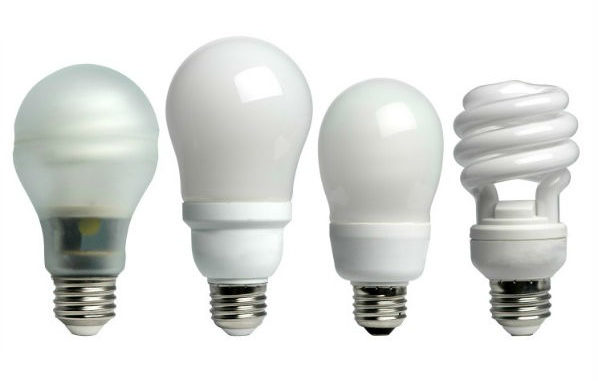
There is a lot of talk about the Compact Fluorescent Lights (CFL Lights) on the market today, and some discussion about whether or not they’re a good thing overall. These have been legally mandated in other countries like Australia for years because the government feels it’s easier to make them the law rather than build more coal-fired power plants they can’t afford. But is it really cheaper for you, the consumer, to put it under an outdoor umbrella? Here’s a quick run-down that will show you the real costs, real savings and real benefits of letting the century-old incandescent light go the way of the dodo.
There are three kinds of light bulbs on the market today:
Traditional Incandescent Bulbs – These get very hot, burn a lot of energy, and burn out very quickly. Because they are so cheap to buy, many people don’t want to use anything else, but the numbers show they are a bad investment and actually might detract from your Mozo savings accounts in the long run. You can pretty consistently buy these at home improvement warehouses and other discount outlets for under 50-cents.
Modern Compact Fluorescent Bulbs (CFLs) – These new bulbs cost more than regular incandescent bulbs (typically around $2 to $3 each, from discount outlets,) but they consume a fraction of the electricity, and more importantly, they last much, much longer. Some consumers feel the look of the light is unattractive, though many don’t. They also take a few minutes to get to full brightness. In hard-to-reach places, these are an easy choice, since it will last 5-10 times longer before needing to be replaced. Any extra cost is more than covered by the electricity savings, no matter how cheap your electricity is.
LED Bulbs – This is the latest entry in the lighting market. You may notice the freezer aisle at your grocery store has new, bright white lights. These are LEDs. They are the same kind of lights that make up the numbers on your alarm clock and buttons on your home stereo. Those often glow for decades without burning out, while hardly drawing any electricity or creating any heat. Now it’s available for home lighting. The expected lifespan is 60,000 hours, which is equal to 8-hours per day, five days per week for over 20 years. These may very well be the last light bulbs you ever have to buy, and they only consume about 1/10th of the electricity of traditional bulbs, while giving you better quality light.
CONSIDERATIONS:
Incandescent – These are the cheapest to buy and emit an instant-on light that is easy on the eyes.
CFL – These are reasonably affordable, survive a very long time, and cut electricity and lifetime ownership costs significantly, though the color of the light is objectionable to some. There has been concern over the mercury used in the bulbs, but it is extremely low and of zero concern as long as they are disposed of properly.
LED – These have the longest life, lowest electricity consumption, lowest lifetime ownership costs, and put out the truest, whitest light, though the upfront cost is the highest of the three options.
Here is a chart I’ve put together comparing real costs and savings. Imagine you had a choice of buying three different cars. One is very cheap, but gets terrible mileage and you’ll have to replace it in a year or two. The next costs more, gets great mileage, and will last for 5-10 years, though you might not like it as much. The third one costs the most, looks the best, and will likely last you the rest of your life, ultimately costing the least.
Chart Comparing Incandescent, CFL and LED bulbs by operational cost and lifetime cost, based on your actual electricity rates.
NOTE: As rates and purchase prices change, I’ll be happy to update the chart rates and re-run the article as needed.

